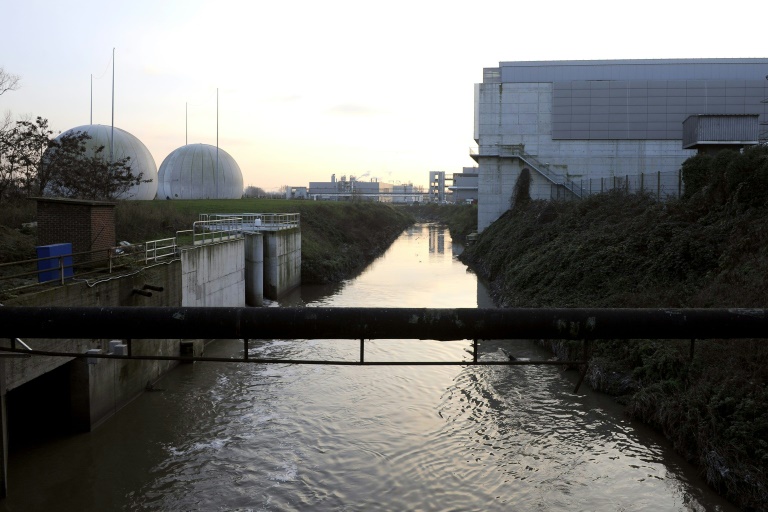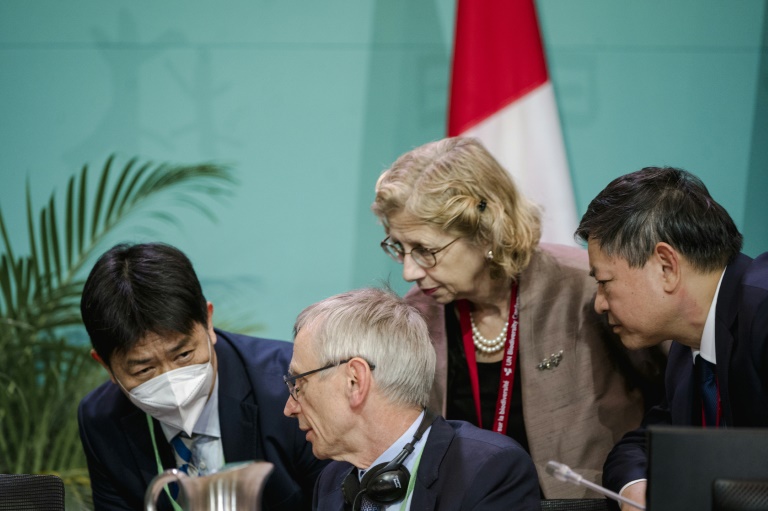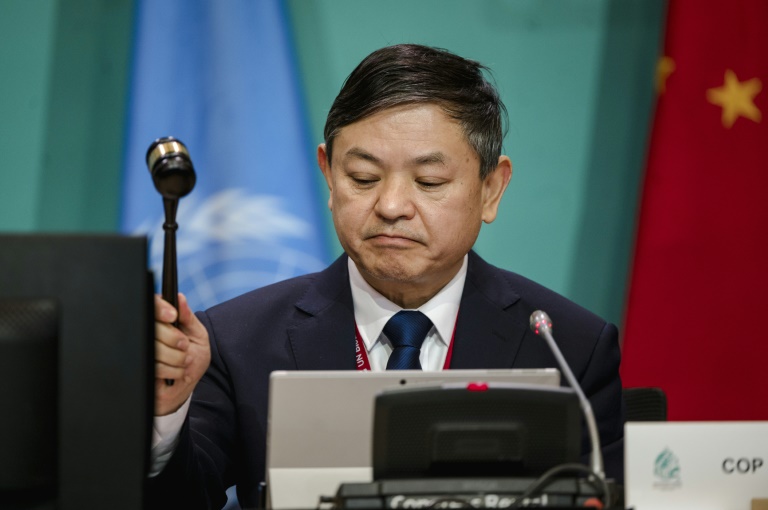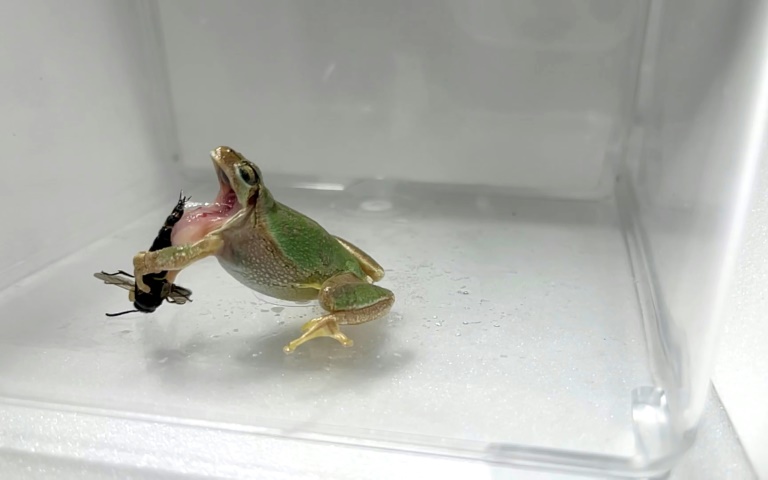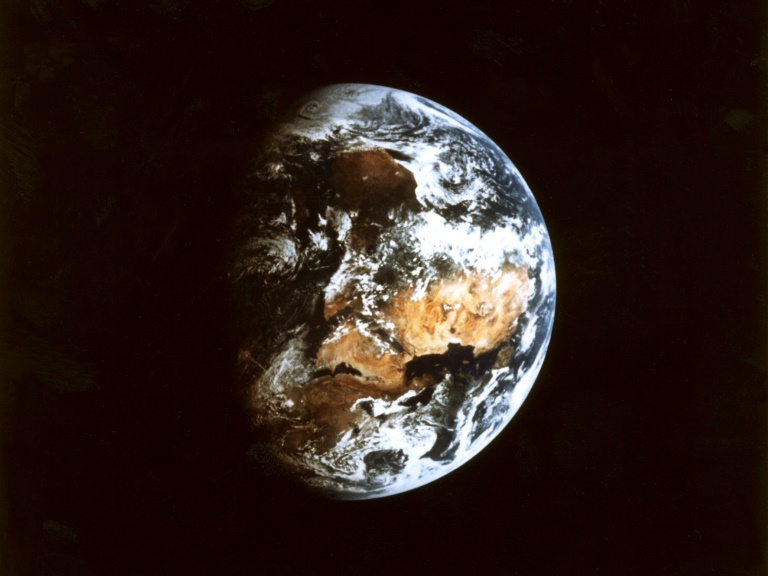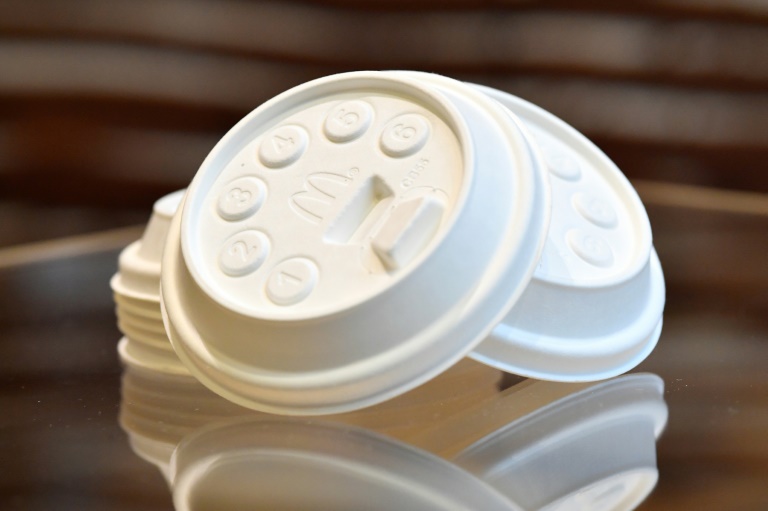London has the Thames, Paris the Seine, Vienna and Bratislava and Budapest are all on the Danube. And then there’s Brussels, which had the Senne — until they paved over it.
Now, bit by bit, the Belgian capital is starting to uncover its long-hidden waterway to eventually “return nature to the city”.
“It’s a real paradigm shift,” Benjamin Thiebaux, heading up the project for the regional environmental agency, told AFP.
“We can now start thinking about no longer covering up the river and giving it back to Brussels residents,” he said.
The preparatory phase of the progressive unveiling of the Senne was cleaning up its waters.
The small river was cemented over in the late 19th and early 20th centuries because it had long served as a sewer and industrial dumping ground, whose turgid course stank up Brussels and posed a health hazard.
The French poet Charles Baudelaire, while taking refuge in Brussels from his creditors, notably called it a “big open-air toilet”.
Most of the Senne’s course through the city was erased from the surface, built over to create boulevards and big buildings, with its course diverted and only parts left accessible on Brussels’s outskirts.
– Long purification task –
It was only in 2007, when the first of two water purification plants was built, that the clean-up of the river got properly under way.
With that monumental task having mostly sanitised the once-malodorous watercourse, the Brussels region on Tuesday is inaugurating the first 200-metre (650-foot) stretch of the Senne to be brought out of the dark.
Thiebaux pointed to where a mechanical digger was placing large blocks of vegetation on the riverbed.
“These aquatic plants will take root on the banks and recreate vegetation promoting biodiversity,” he said.
The goal is for the Senne to once again become “an ecological corridor, with the water purified by the plants, which will also provide shelter” for fish and birds.
But, for all Thiebaux’s enthusiasm and the project’s ambition, residents and visitors to Brussels will not be seeing any quick, dramatic transformation.
That is because the covered-up parts of the river — around two-thirds of the 15 kilometres of its course through the city — have over time become the base for indispensable urban structures, such as the city’s main railway station.
Currently, a riverside walkway exists along just 600 metres of the Senne in the southern district of Anderlecht.
The plan is to double that promenade over the next three years, with the addition of a city-centre park, picnic tables and bike paths.
The objective is that “the river again becomes a true waterway that can be a source of pleasure, of leisure, of well-being,” said Aude Hendrick, curator of the city’s Sewer Museum.

